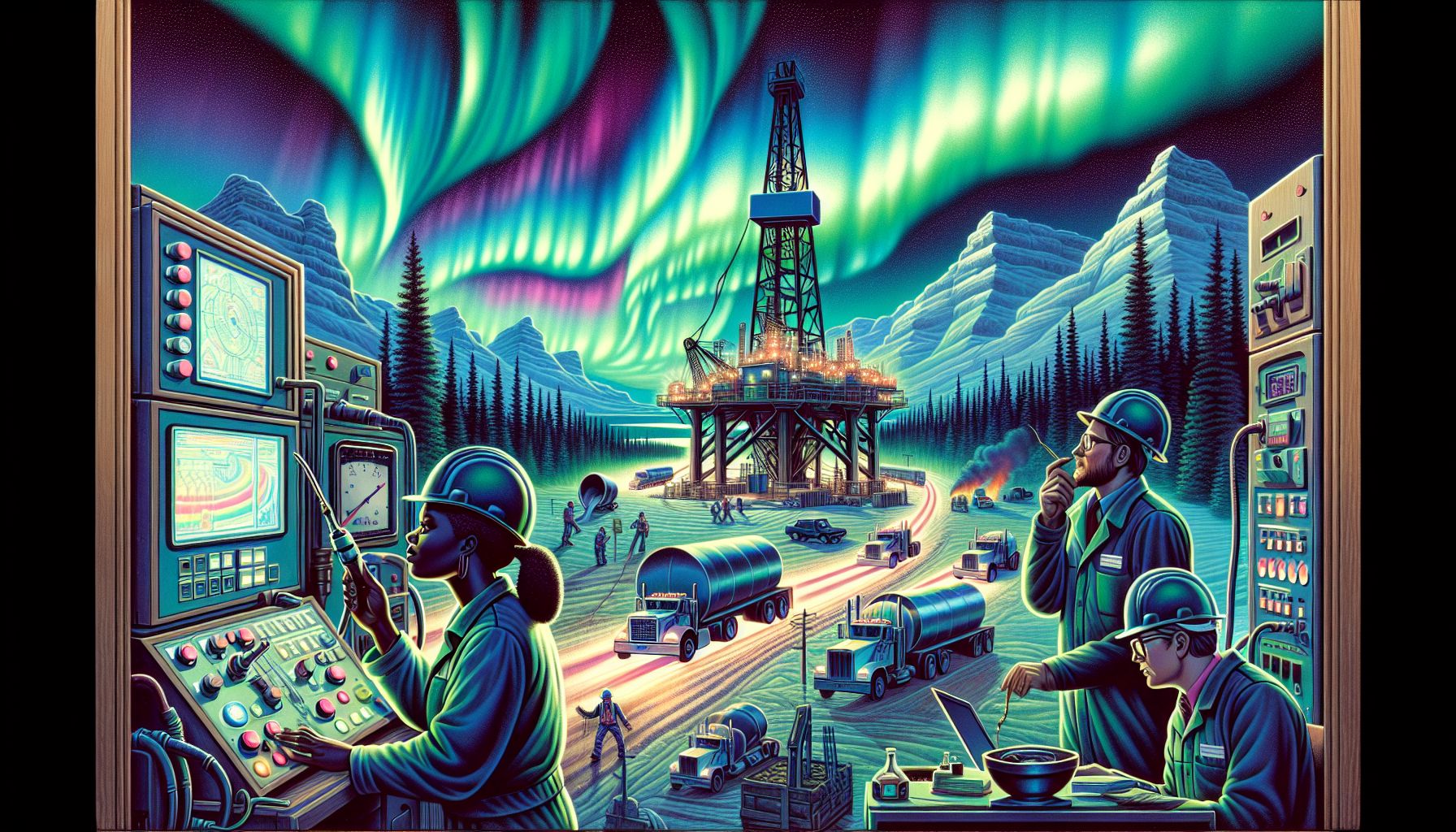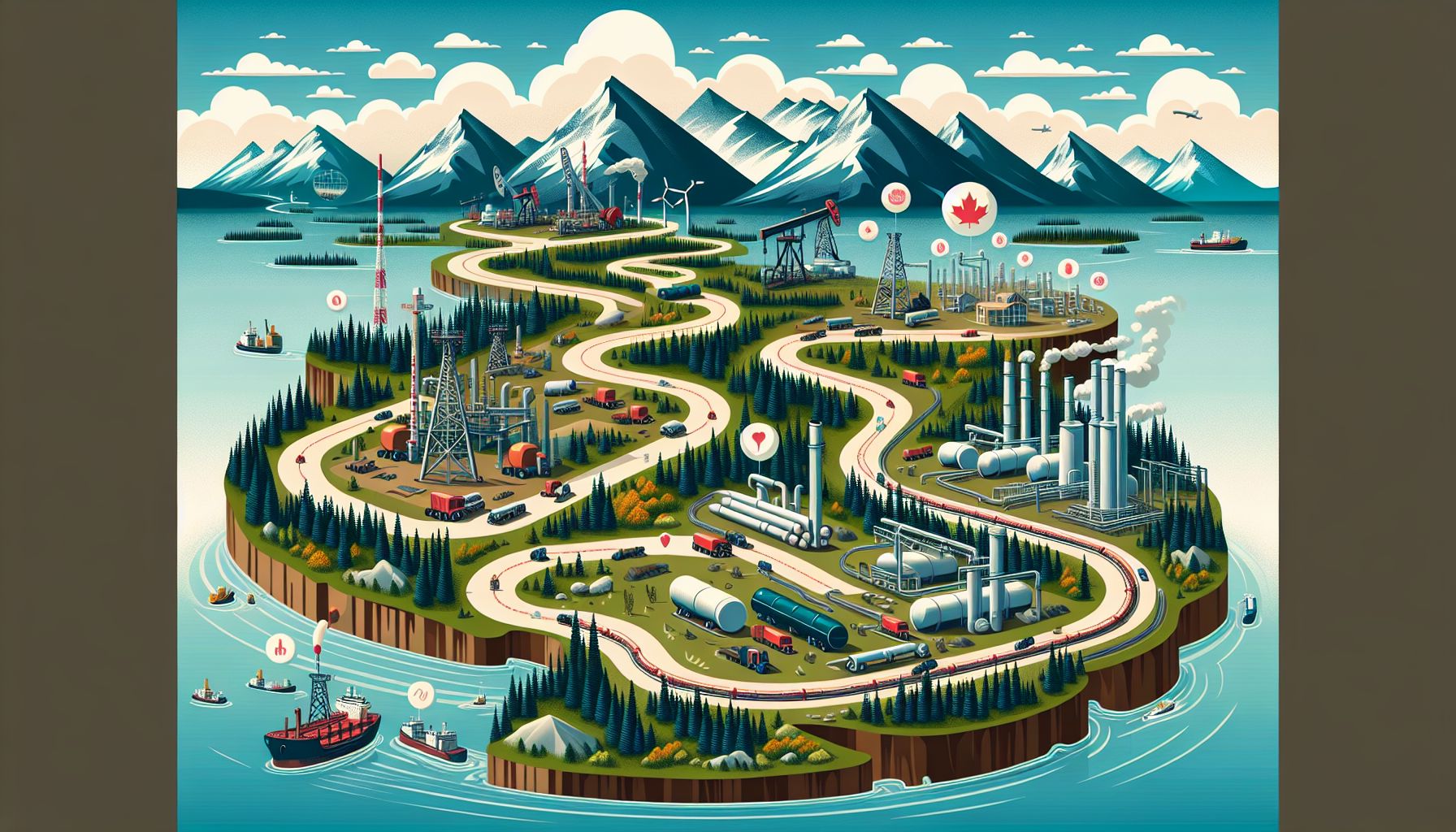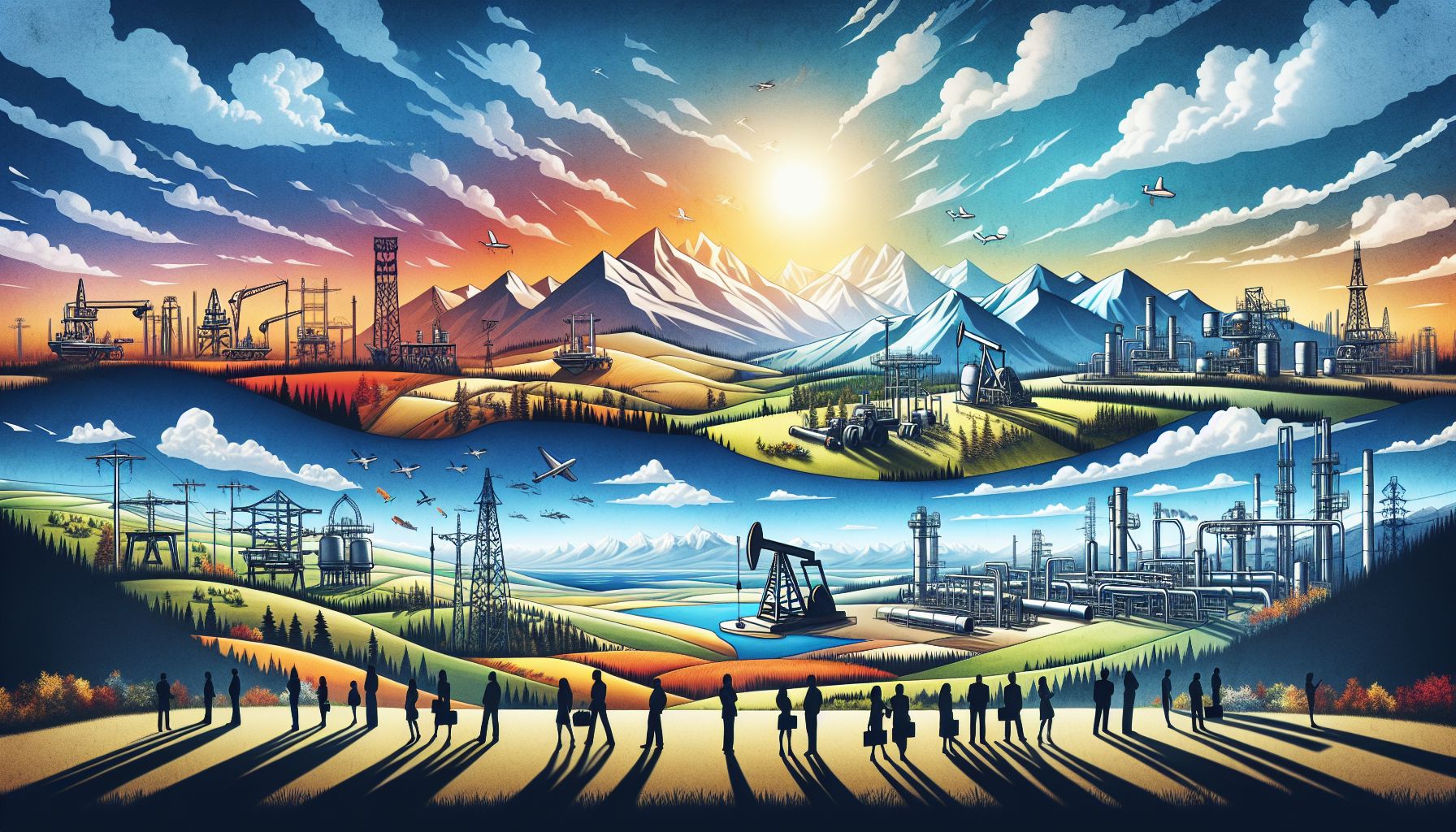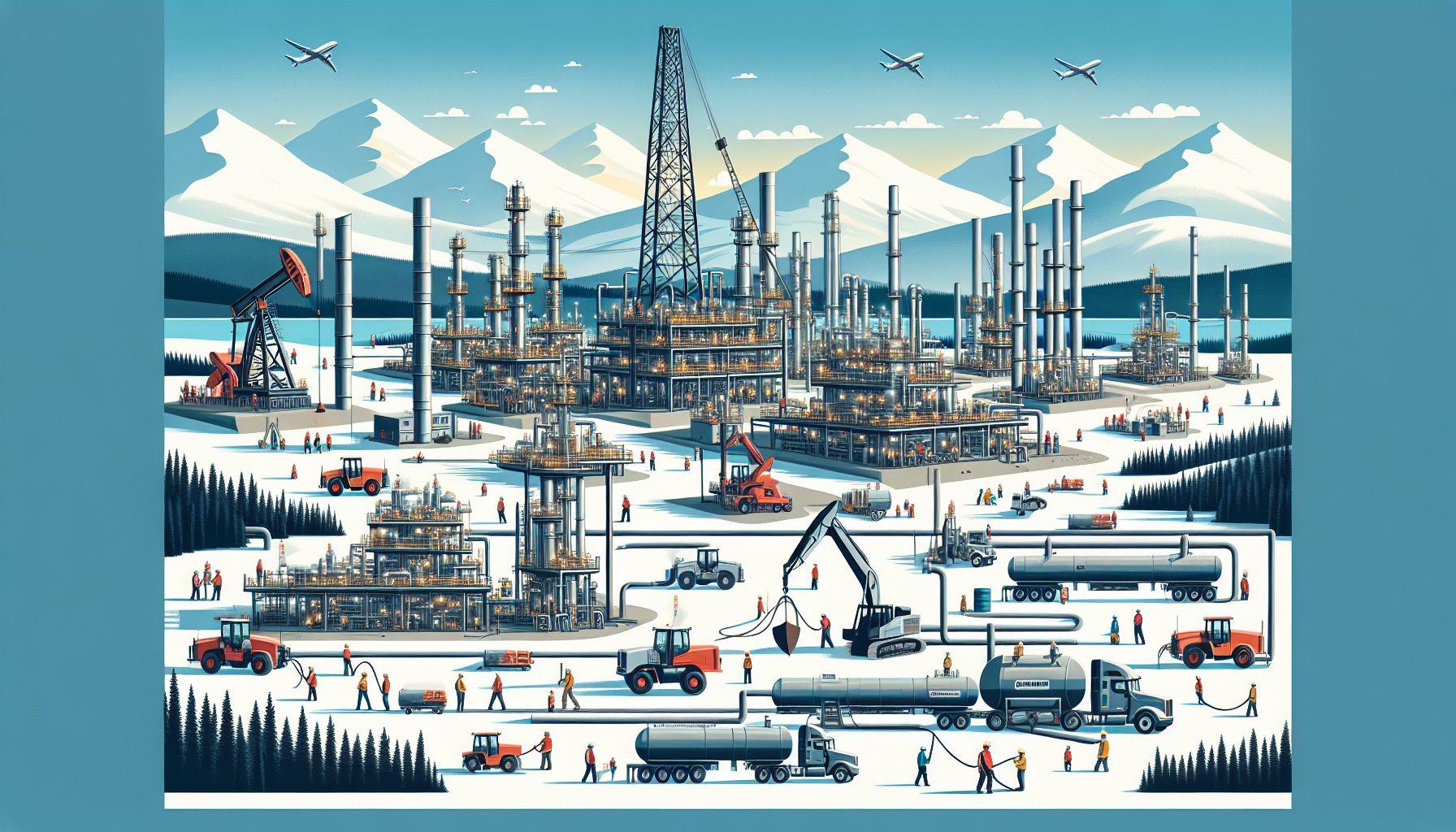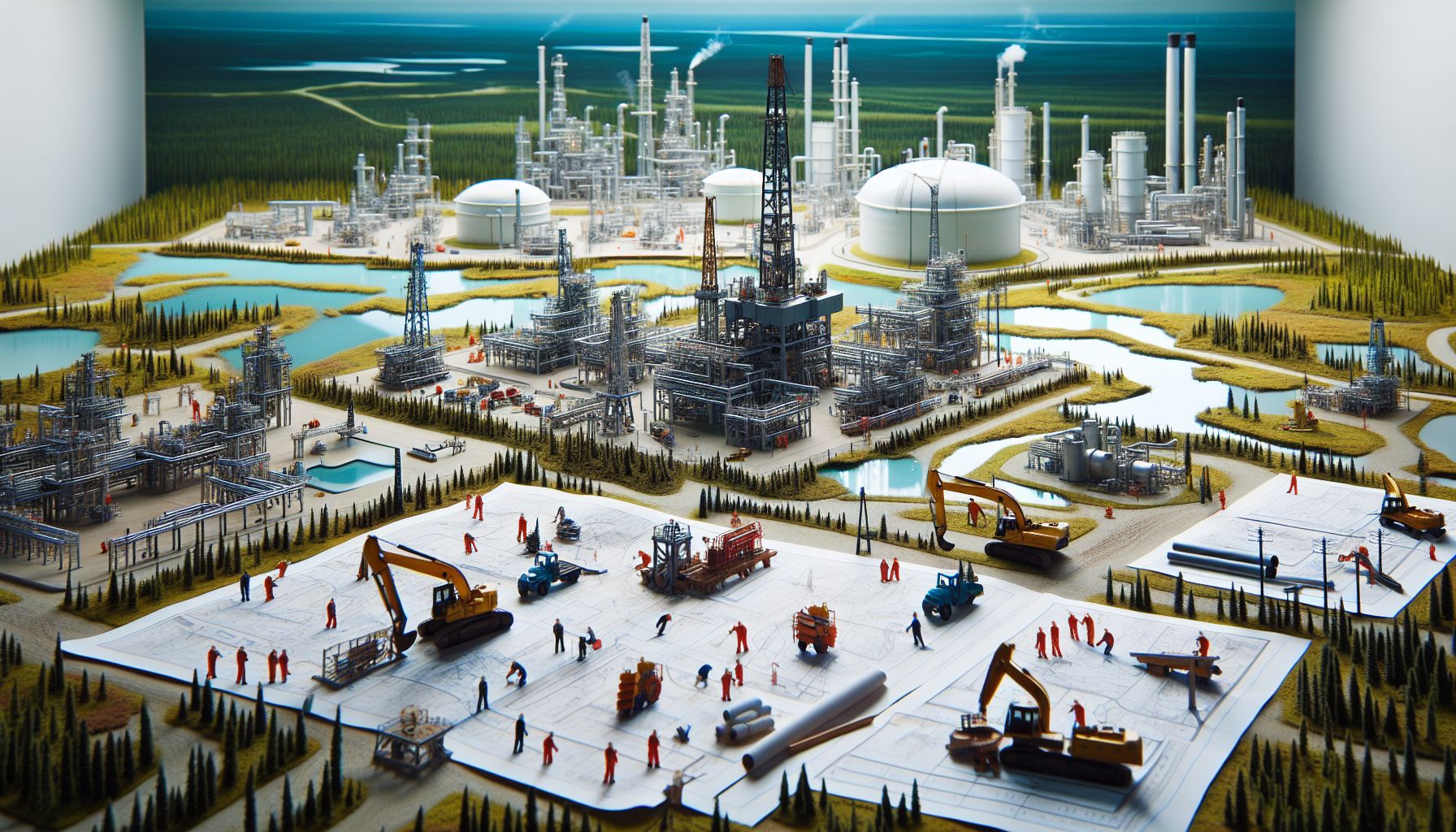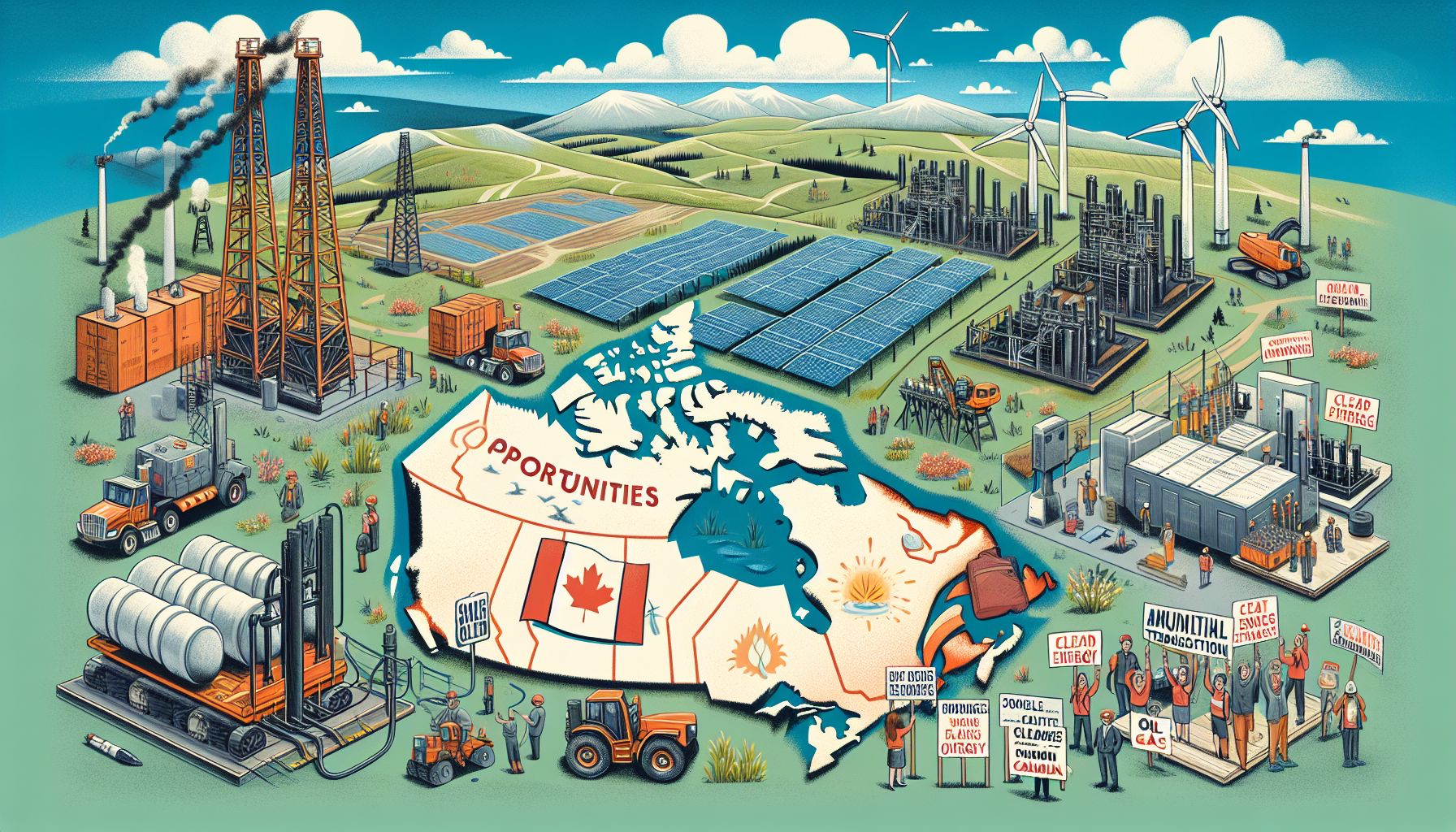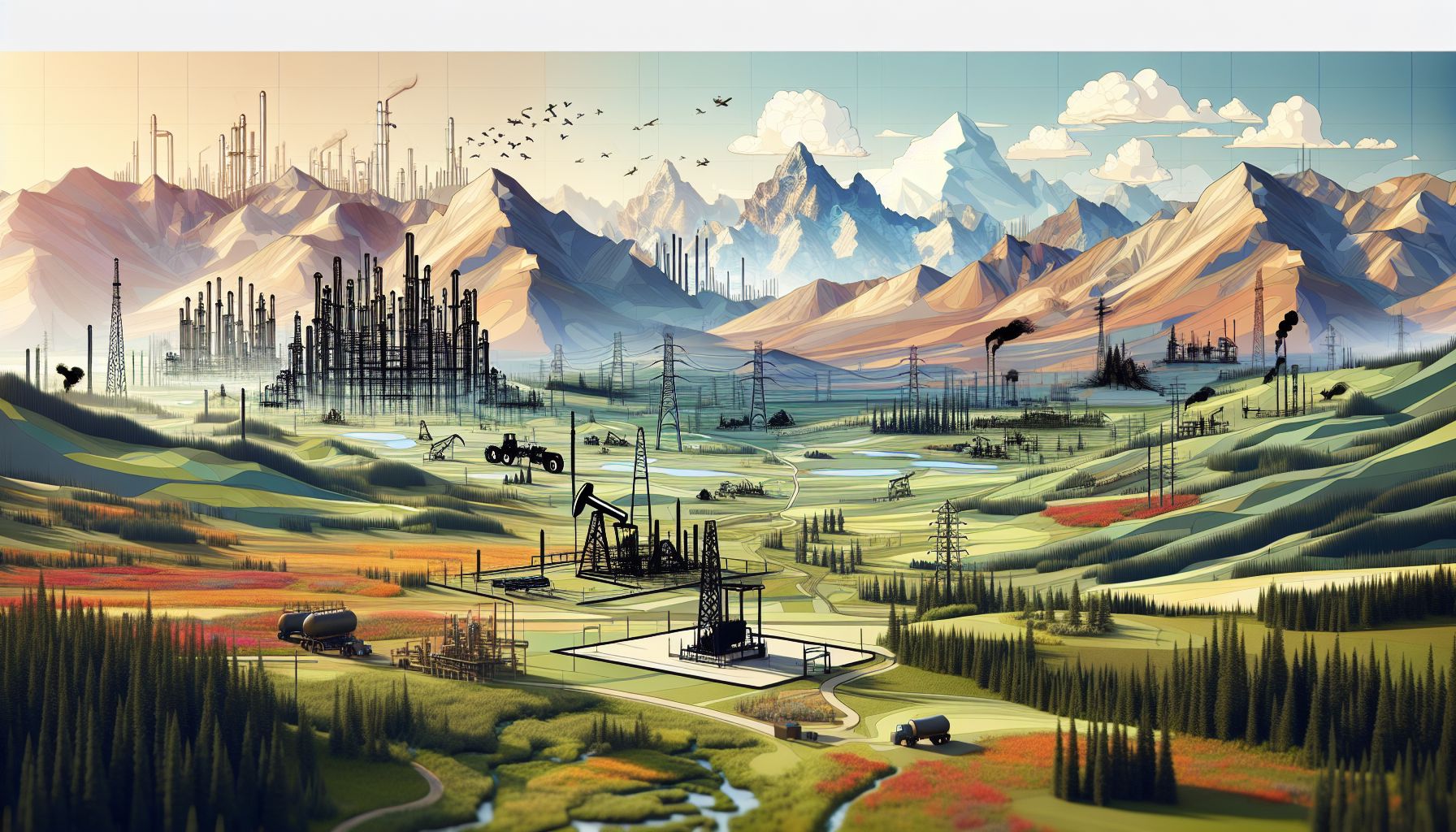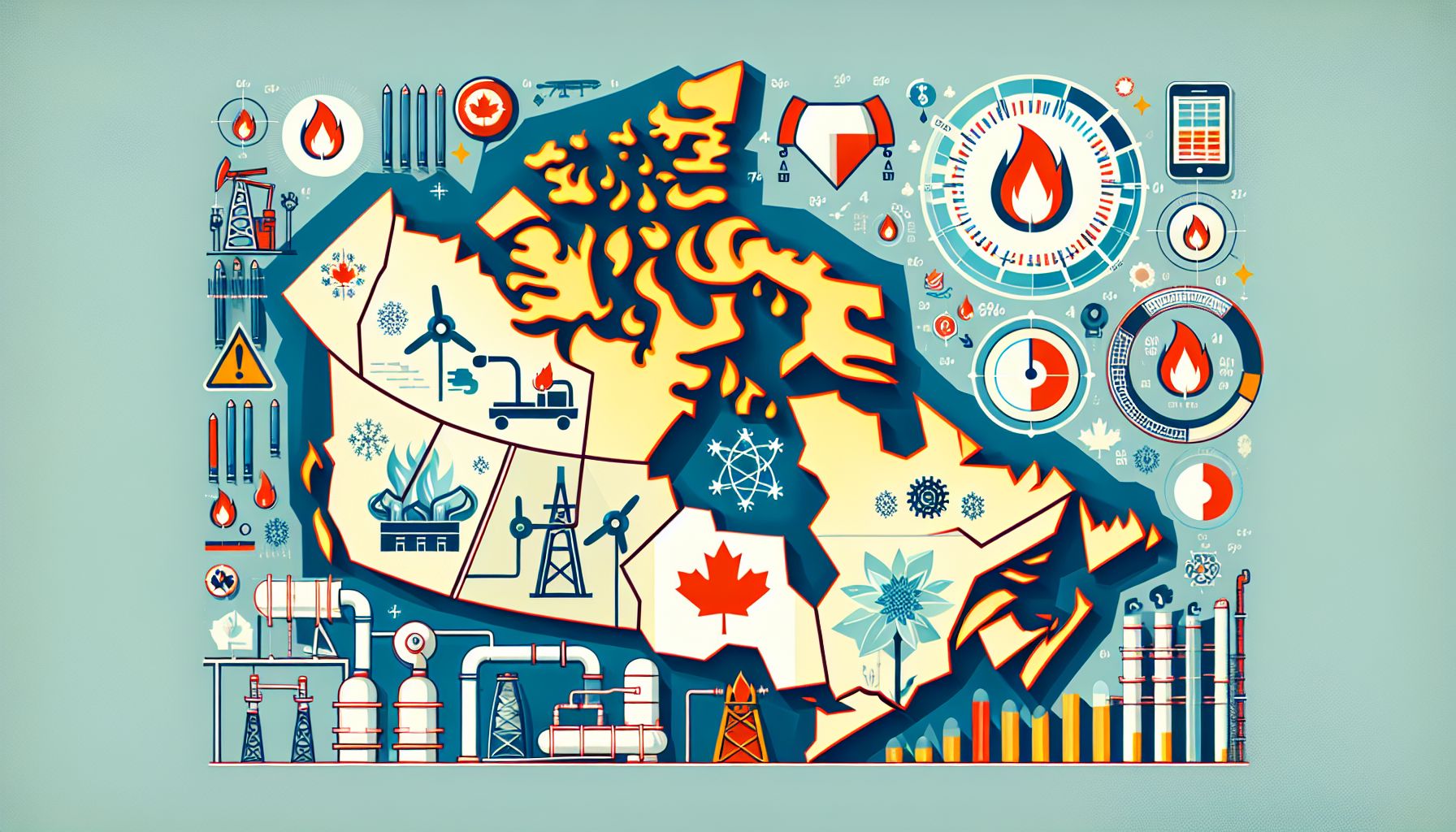The oil and gas industry in Canada is a complex and multifaceted sector that plays a significant role in the country’s economy. From exploration and production to transportation and refining, there are many moving parts that make up this vital industry. In this blog post, we will delve into some of the lesser-known aspects of the oil and gas industry in Canada, highlighting the challenges and opportunities that exist within this dynamic field.
One of the most intriguing aspects of the oil and gas industry in Canada is its sheer size and scope. With vast reserves of oil and natural gas scattered across the country, Canada is one of the world’s leading producers of energy resources. From the oil sands in Alberta to the offshore drilling sites in the Atlantic and Pacific regions, there are endless opportunities for exploration and production in Canada.
However, with great opportunity also comes great challenge. The oil and gas industry in Canada is not without its controversies, particularly when it comes to environmental concerns. The extraction and processing of oil and natural gas can have significant impacts on the environment, from air and water pollution to habitat destruction and greenhouse gas emissions. As a result, the industry is facing increasing pressure to adopt more sustainable practices and technologies to mitigate these negative effects.
Despite these challenges, the oil and gas industry in Canada continues to thrive, thanks in part to its innovative approach to technology and exploration. One area where Canada excels is in the development of new extraction techniques, such as hydraulic fracturing and horizontal drilling, which have revolutionized the industry and allowed for the exploitation of previously inaccessible reserves.
In addition to technological advancements, the oil and gas industry in Canada also benefits from a highly skilled workforce and a strong regulatory framework. With stringent safety and environmental standards in place, Canada has established itself as a global leader in responsible resource development. This commitment to sustainability and accountability has helped to attract investment and ensure the long-term viability of the industry.
Looking ahead, the future of the oil and gas industry in Canada is bright, with continued opportunities for growth and innovation. As demand for energy resources continues to rise around the world, Canada is well positioned to meet this demand and solidify its place as a key player in the global energy market. By embracing new technologies, practices, and partnerships, the oil and gas industry in Canada can continue to thrive while also addressing the environmental challenges that lie ahead.
In conclusion, the oil and gas industry in Canada is a fascinating and dynamic sector that plays a vital role in the country’s economy. With vast reserves, innovative technologies, and a strong regulatory framework, Canada is well positioned to navigate the challenges and opportunities that come with being a major player in the global energy market. By continuing to invest in sustainable practices and technologies, the industry can ensure a prosperous future for generations to come.


